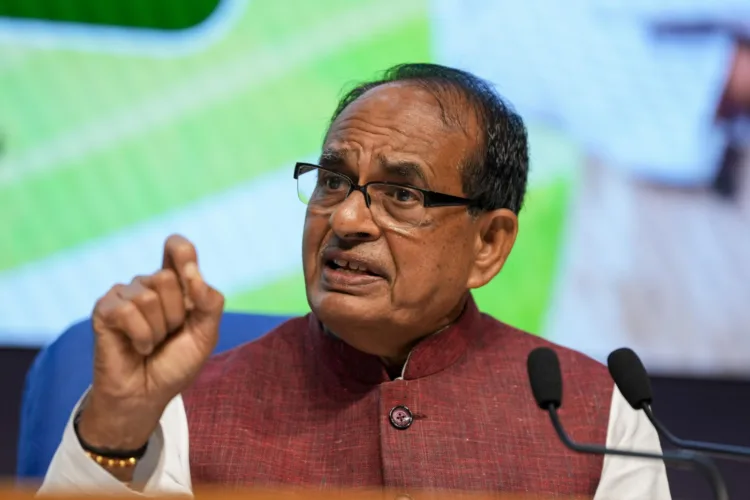The Indian government has successfully digitised land records in approximately 626,000 villages, covering nearly 95 per cent of the country’s rural landscape, according to Rural Development Minister Shivraj Singh Chouhan. Speaking at a virtual inauguration of a two-day global workshop on modern technologies for surveying urban land records, the minister highlighted the progress made under the Digital India Land Records Modernisation Programme (DILRMP), launched in April 2016.
The initiative, funded entirely by the central government, aims to modernise the country’s land administration system by reducing litigation around land ownership and promoting ease of living through digitisation. “The digitisation of land records not only simplifies ownership disputes but also strengthens transparency in land administration,” said Chouhan, emphasising the long-term benefits of the program.
In addition to digitising records in nearly all villages, the government has also computerised about 5,000 sub-registrar offices that handle land registration, further streamlining the process. As of now, around 22.3 million land maps have been digitised, and 140 million unique land parcel identification numbers, known as Bhu–Aadhaar, have been issued. This system will significantly improve accuracy and accessibility for landowners, buyers, and other stakeholders.
The urgency behind the program stems from the economic toll of unresolved land disputes. Minister Chouhan cited a study that estimates India loses 1.3 per cent of its gross domestic product (GDP) due to stalled projects linked to land litigation. According to an official statement from last year, approximately 66 per cent of all civil suits in India pertain to land or property disputes. “The average pendency of land acquisition disputes is 20 years,” noted Chouhan, underscoring the need for a modernised and efficient system to manage land records.
The DILRMP, implemented by the Department of Land Resources under the Ministry of Rural Development, works in collaboration with state governments and Union Territories through their respective revenue and registration departments. The program’s digital records system is expected to help expedite land transactions and reduce the time it takes to resolve ownership disputes.
“With modern technology, we can improve accuracy, transparency, and access to land records for millions of people across India,” said Chouhan, stressing the importance of adopting new surveying tools and technologies, particularly in urban areas.
The two-day workshop, organised by the Department of Land Resources, brought together global experts to discuss best practices and emerging technologies in land record management, with the aim of further enhancing the country’s digitisation efforts.
Through the ongoing efforts of the DILRMP, the government hopes to tackle the historical backlog of unresolved land disputes and make land management more efficient for India’s citizens. “Our goal is to reduce the burden on the courts, improve ease of living for landowners, and promote economic growth by resolving disputes faster,” concluded Chouhan.



















Comments